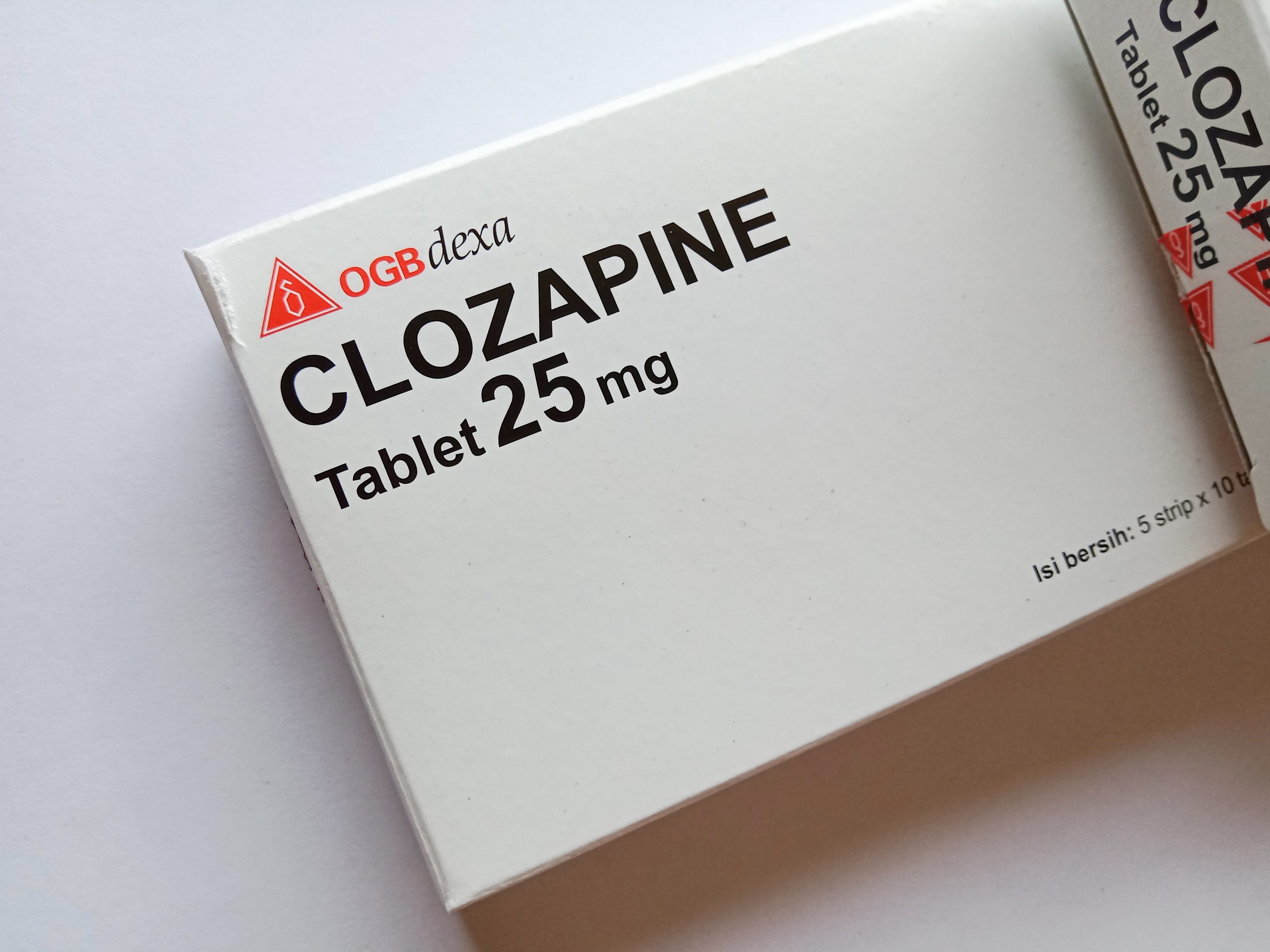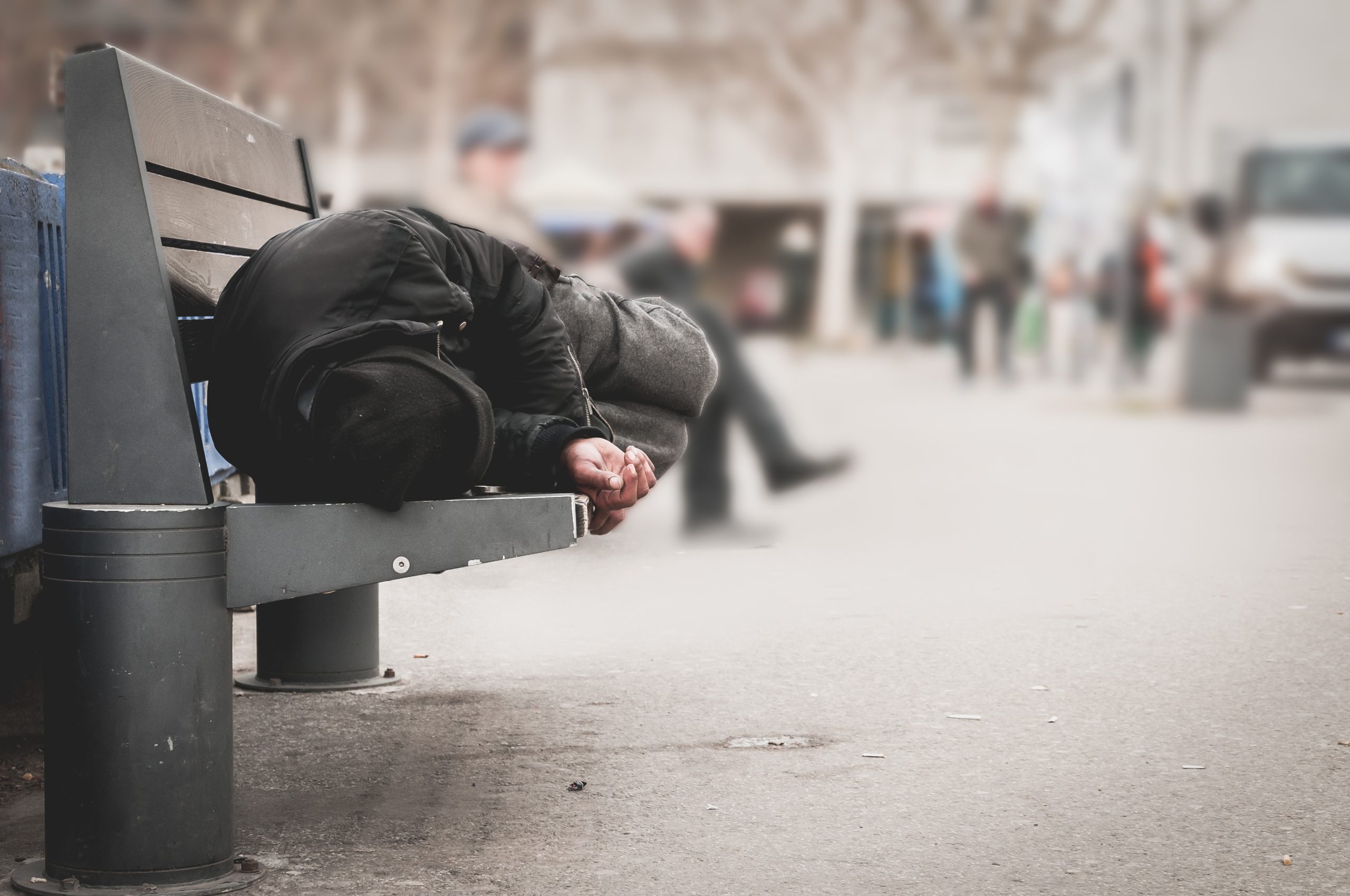Continuum of Care

Gaps in the treatment system can make it difficult to access high-quality, timely care. Here is a place to learn the basics about treatment options for someone experiencing a severe mental illness. Learn terminology to help you request something that may be available if you ask using the right words.
What are treatment options within the medical and social service systems?
How and where a loved one can access treatment depends on many factors, including insurance coverage and where a person lives. In general, the range of options is referred to as the continuum of care. A full continuum of care means that the type of care needed at the appropriate time and in the setting best suited for optimal treatment is available and accessible. As you may have guessed, a full continuum of care is not always available, though it is the goal systems should be working toward. What exists where you live may look more like a patchwork of services with gaps that can cause problems and make progress difficult.
The level of care a person is provided might depend on their symptoms and how much the illness impacts their ability to function. What is offered also might depend on what the patient or their family asks for. Below is a list of common treatment options. Knowing about them is a place to begin when advocating for yourself or someone you care for.
Outpatient treatment and services
Someone with a severe mental illness (SMI) usually needs a range of services to successfully move forward with their life after onset of their illness. Community-based services are generally referred to as outpatient services and are the least restrictive services available.
Outpatient care might include a variety of services delivered by individual providers or a team. What is available typically depends on the needs determined through a clinical assessment, insurance coverage, and program availability within the community. Medication management, case management, psychotherapy, vocational rehabilitation, supported employment, and peer support are examples of services that might be provided.
Outpatient care can be voluntary or court ordered. People whose mental illness symptoms block their ability to see or understand their impairment (anosognosia) or whose executive functioning is affected may refuse treatment or may not succeed without case management in purely voluntary programs.
A certified community behavioral health clinic (CCBHC) is an option for outpatient care in some areas. Search for CCBHC options in your state. The Substance Abuse and Mental Health Services Administration (SAMHSA) requires that CCBHCs provide access to:
- Crisis services
- Treatment planning
- Screening, assessment, diagnosis, and risk assessment
- Outpatient mental health and substance use services
- Targeted case management
- Outpatient primary care screening and monitoring
- Community-based mental health care for veterans
- Peer, family support, and counselor services
- Psychiatric rehabilitation services
Here are some evidence-based options for outpatient services:
- Assertive community treatment: ACT teams provide outpatient care for people most at-risk for psychiatric crises, hospitalizations, and criminal-legal involvement. The “assertive” nature of care means that staff engage with the individual regardless of whether the person understands their need for treatment. Staff work to build rapport to gain the client’s trust and to motivate them to engage in treatment. Team members provide vocational help, counseling, medication management, help with transportation and shopping, and more when they are fully staffed and operating with fidelity. Type “assertive community treatment near me” for local agency information. You might find an alternative name, such as FACT (forensic/flexible ACT) or PACT (program of ACT). Forensic teams provide ACT services for people with criminal legal involvement.
- Assisted outpatient treatment: AOT is a civil court commitment process that takes place in the community instead of within a hospital. Other possible names are mandatory outpatient treatment, outpatient civil commitment, and court-ordered outpatient treatment. AOT can allow people who have been hospitalized to be discharged more quickly to community-based care if an adequate level of support can be made available on an outpatient basis. In some communities it can also be offered as a less-restrictive alternative to hospitalization. Since AOT may allow a person to avoid inpatient care, people often agree to enroll in AOT programs. Treatment is mandatory and court-supervised, but collaborative and person-centered. How long a person participates in AOT depends on state laws and program policies. Oversight from a judge is key to success for these programs, which usually operate as a partnership between providers, the relevant mental health authority, and the courts. This often means collaboration between a case manager or, ideally, an ACT team, the treatment providers, and the court.
- Partial hospitalization program: A PHP might be a step-down service after a person has been hospitalized. Hours of treatment vary but may be structured like a work or school day. Insurance providers are a good source of information about partial hospitalization programs in the service area of your loved one.
- Cognitive behavioral therapy: CBT is a style of psychotherapy that teaches a person to identify troubling situations in their life and become aware of how their own thoughts, emotions, and beliefs impact those problems. Over time, the person learns to identify negative patterns of thinking and behaving in order to reshape their choices. Interviewing a therapist to learn more about their particular style and approach can help determine whether a CBT provider is a good fit. Although underutilized, a specific type of CBT for psychosis (CBT-p) has been determined to be an evidence-based practice demonstrated to improve outcomes in people with schizophrenia spectrum disorders.
- Dialectical behavioral therapy: DBT is a style of CBT originally developed to treat chronically suicidal individuals diagnosed with borderline personality disorder. There is evidence to suggest that DBT, considered the best practice standard for treating those conditions, may also be effective treatment for people with schizophrenia spectrum disorders and bipolar disorders. Research has shown that DBT also is effective for treating substance dependence, depression, post-traumatic stress disorder, and eating disorders. The term “dialectical” means a blending of opposites: Acceptance and change are key opposites within DBT. Where available, DBT supports skill-building for mindfulness, distress tolerance, emotional regulation, and interpersonal effectiveness.
- Motivational interviewing: MI is a therapeutic approach to working with someone who lacks insight into their illness and is ambivalent about making changes. MI can help a person collect facts and see patterns in their lives that are impacted by choices related to treatment. The LEAP method, developed by Dr. Xavier Amador, author of “I Am Not Sick I Don’t Need Help!” is based on MI.
Inpatient treatment
The term inpatient refers to care that is delivered within a hospital. A person might get a bed as a voluntary or involuntary patient. Some facilities have beds with certain boundaries about the demographic, type, or acuity of condition they can serve. For that reason, an “open bed” doesn’t always mean a person who meets criteria for hospital care will be admitted. Nationwide shortages of psychiatric beds are well documented.
- Voluntary hospitalization is provided for some individuals with severe mental illness who seek inpatient treatment on their own, often because of suicidal thoughts or a worsening of symptoms. They may call a hotline or go to a hospital emergency department. A mental health professional will determine whether inpatient care is medically necessary. The hospital will not admit a patient without demonstrating medical necessity and they may not admit a patient if they don’t have an available bed in an appropriate unit. Providers also might consider whether the person will want to leave before they are well enough to function safely outside the hospital. For these reasons and more, a provider might examine a patient who came into the hospital voluntarily and determine they need to be held involuntarily.
- Involuntary hospitalization might begin with an initial hold/detention managed through the crisis system. How the person is taken into care will depend on the local crisis response system: Call 988 or a local crisis number for details about that process. An initial detention may be in a hospital emergency department, psychiatric emergency room, or crisis diversion facility. Services may include a transfer. During this time, family members can provide a copy of their loved one’s mental health history to the facility. This initial period is sometimes referred to as a “hold,” the duration of which is determined by state law.
Every state has its own laws describing criteria for admission, how long a person can be initially detained for evaluation and treatment, and the court process for civil commitment if continued inpatient treatment is deemed necessary. To be hospitalized involuntarily, a person must be determined to meet criteria under the state’s involuntary treatment/commitment laws. The criteria for emergency evaluation are often, but not always, the same as the criteria for inpatient commitment and generally require a person to pose a danger to self or others as defined by the legislature. Danger to self always includes the risk of suicide or direct self-harm but can include other kinds of harm such as grave disability. This term describes a person who is unable, due to mental illness, to provide for basic needs such as food, clothing, and shelter. In many states, grave disability includes being unable to appreciate the need for lifesaving medical care or to protect oneself from harm (such as walking into traffic). An increasing number of states include psychiatric deterioration or risk of worsening psychiatric deterioration within inpatient criteria.
If, after evaluation, the treating provider believes an individual meets inpatient criteria and requires continuing hospitalization, they may file a petition to extend the hold. The petition triggers judicial review. During that process, the patient has the right to be represented by an advocate or attorney and due process protections are strictly adhered to. Family members might be allowed to submit written testimony or appear at the hearing to share information about the person’s condition, medical history, and/or recent behaviors.
Once placed on an involuntary hold, the person is held in a locked psychiatric facility specifically designed for treating the most acute conditions. If there is not an appropriate psychiatric bed available, the person may continue to stay in the emergency department or other crisis facility. This is referred to as “emergency department boarding,” and has been an increasing problem as the number of psychiatric treatment beds continues to shrink and demand continues to rise. Though theoretically a person who is not stable should not be discharged, in practice there are many pressures that incentivize hospitals to discharge patients as quickly as possible and disincentivize them to interpret criteria broadly for either admission or to pursue a petition for longer term treatment.
How long a person is held can be a fluid process. State commitment laws often allow a facility to hold a person for “up to” a certain time. Another civil court process is required to extend the stay. Hospital staff may quickly discharge a patient if a new assessment determines that the person is no longer at risk for harming themselves or someone else. TAC provides a resource about discharge planning.
- Crisis respite/peer respite is an unlocked alternative to hospitalization. A peer respite facility may or may not have medical professionals on site. Peers are people who have lived experience with mental illness. Peers are often trained and certified by states to support others with similar issues. Sometimes this type of care is referred to as peer respite. The regional agency that manages crisis care for your area (often your county) can provide information about crisis respite options.
- Crisis residential services might be available in some locations for someone who needs an alternative to hospitalization for stabilization. The services might be described as “subacute,” which includes medication management and security but isn’t quite the same level of care as an involuntary facility. Crisis residential services are generally less costly than hospitalization and research shows they have comparable outcomes and greater client satisfaction by offering a more home-like environment than a hospital.
- Long-term residential care facilities are unlocked facilities available in some areas. The American Residential Treatment Association provides a list of private, long-term facilities across the United States for a range of people with psychiatric conditions, including schizophrenia, bipolar disorder, and mental illness combined with substance use disorder. Some accept insurance, while some are private pay only.
- Transitional care is rare to find. When available, it provides a highly structured environment for a person well enough to leave the hospital but too fragile for traditional community-based care. Transitional housing is also an option in a few scattered areas. You might search for transitional care/transitional housing in your area or ask a public health agency or provider to see if these options exist.
What does evidence-based treatment mean?
Evidence-based means that a treatment protocol has undergone rigorous research to demonstrate that it works to improve outcomes. Once research proves its effectiveness, a protocol might become the best practice for treating certain conditions. An evidence-based program will have clear boundaries about how to operate with fidelity, which means the program operates using guidelines from experts. The Substance Abuse and Mental Health Services Administration (SAMHSA) provides toolkits for evidence-based practices. Treatment Advocacy Center supports evidence-based treatment.
A note on availability
While each setting or type of care described above is different, a common theme is that we do not have enough of any of these resources in our communities. We do not have enough hospital beds, and many of the beds available are far away from those who need them. Due to an extreme shortage of psychiatrists, psychotherapists, counselors, psychiatric nurses, and social and mental healthcare workers, we do not have enough outpatient services for either voluntary or court-ordered participants. We especially do not have enough treatment options that fall between hospitals (the most restrictive level of care) and outpatient treatment programs (the least restrictive level of care).
Heavy dependence on crisis services is a national concern, made clear with the rollout of the 988 Suicide & Crisis Lifeline in July 2022. What insurance will cover is also an ongoing problem for many individuals, and advocacy is needed to fight for mental healthcare parity. See TAC’s resource about advocacy for more about how you might personally advocate for your loved one or seek systemic changes. It will be necessary as advocates for all people with or affected by SMI to continuously demand more options, more capacity, and incentives to attract caring and dedicated professionals to join and stay in the mental health workforce.
Places to seek help
- Certified Community Behavioral Health Centers (CCBHC) (thenationalcouncil.org): Options are listed by state.
- Substance Abuse and Mental Health Services Administration (SAMHSA) treatment locator (findtreatment.gov): Locate treatment by address or facility name.








